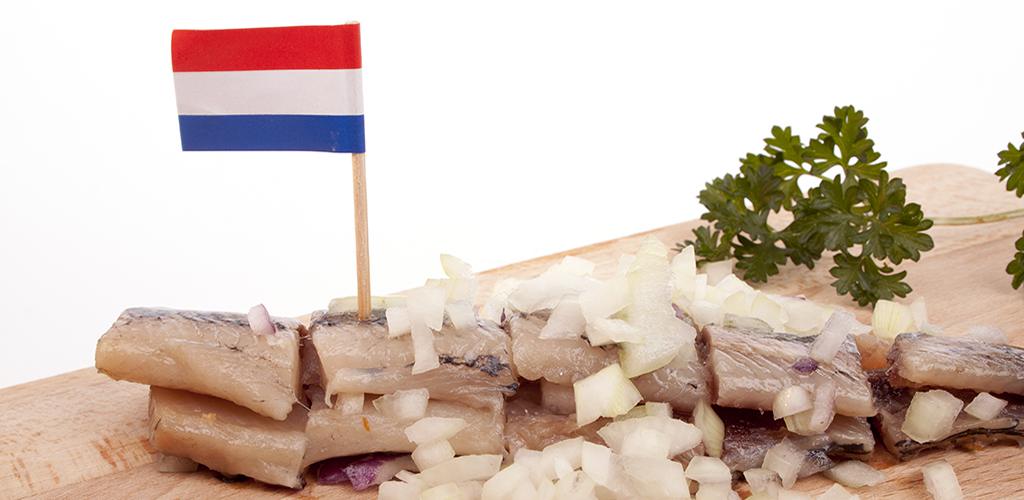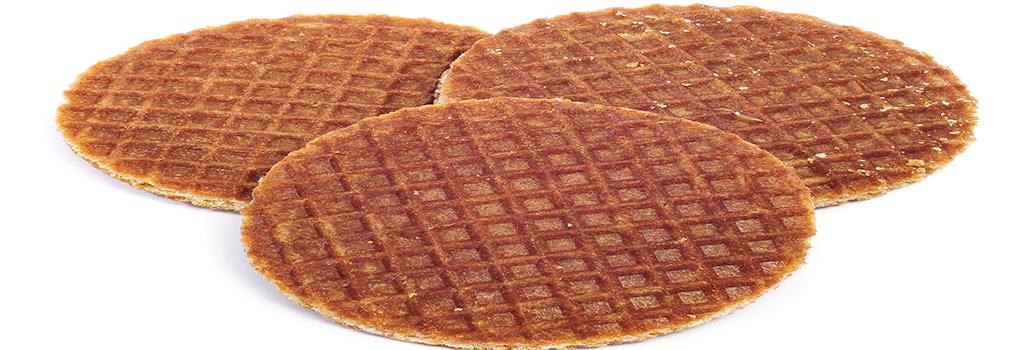Dutch cuisine is quite simple. Traditionally, it consists mostly of potatoes and vegetables with some meat or sometimes fish. Potatoes used to be eaten daily and preferable cooked. Today, the Dutch have incorporated food from all over the world into their daily meals. This trend is also visible in restaurants: it is hard to find a restaurant in Amsterdam that cooks Dutch food only. Usually there are influences to be found from for instance France, Italy and Asia.
Doggy Bag
The Dutch are not used to the concept of a doggy bag. When you’re done eating, waiters will take the plates from your table and throw away anything you haven’t eaten without asking. Of course, you can always ask if it is possible to take your leftovers with you, but don’t be surprised if there aren’t any cups or boxes available to transport your food.
Water
It is completely safe to drink Dutch tap water. The Amsterdam tap water is naturally filtered in the dunes near Zandvoort. It has a very neutral taste and does not smell of chlorine – or any other chemicals – at all, as is sometimes the case in other European countries. Some say our tap water is even healthier for you than bottled water is, because regulations on it are stricter.

Dutch Jenever
Jenever, also known as Dutch gin, is the traditional national liquor of the Netherlands. It is made from Junipers, which is a coniferous plant. Two versions exist: young jenever and old jenever. The difference is not in aging, but in distilling techniques. The taste of young jenever is similar to that of vodka. The old jenever has a smoother, aromatic taste. Jenever is still very popular today: older people drink it next to a beer, the young tend to mix it with Coke. Visit the House of Bols if you want to learn more about the world’s oldest distilled spirit manufacturer and have a taste for yourself. Nothing old-fashioned about that as today you can expect cocktails and liqueurs mixed by professional bartenders.
Kroket and bitterbal
Consisting of a tasty meat ragout covered with breadcrumbs, these deep-fried snacks are very popular fast food in the Netherlands. The kroket has a longer, cylinder shaped form, while the bitterbal is a small ball. There are vegetarian and more up-scaled versions available, like a kroket filled with shrimps. Great food to have together with a nice cold beer!
Dutch haring
The Japanese have sushi and sashimi; the Dutch have their haring or herring. But even though it may look like the haring is eaten raw, this is not correct. Before consumption, the fish goes through a special treatment that makes the meat soft and that ripens it. The haring is traditionally served with chopped onions and pickles, but can also be eaten without.
French fries or chips with mayonnaise
The name French fries might make you think these deep fried potatoes are best made in France, but nothing is further from the truth. The Dutch – ok, the Belgians too – are masters in making fries. Buy a big portion from one of the many stalls on the street and ask for real mayonnaise – if available: go for the homemade mayonnaise. So good!
Dutch cheese
Did you know you need 10 liters of cow milk to produce one kilo of Gouda cheese? To make cheese, all the solid components of milk are separated from the fluids and are then put into a mould. The Netherlands is famous for their cheeses. The Gouda cheese is best known and has a round, flat form. The Edammer cheese with its red wrapper is also very popular and if you can, try the cheese with holes or gatenkaas. The Dutch love cheese: thinly sliced on dark bread with some butter or cut into cubes with some spicy mustard to accompany a glass of wine or beer. Go to Alkmaar to visit the famous cheese market that exists since 1593!
Snert
Pea soup in the Netherlands is a thick soup made from split peas and is traditionally served with sliced smoked sausage and rye bread. Main ingredients beside split peas are celery and leek. The soup is so thick it sometimes looks more like porridge. The Dutch eat their pea soup when it is cold outside. It is a traditional dish that is made from cheap ingredients and almost every family has its own recipe of snert that is passed on from generation to generation.
Drop
The Dutch love licorice or drop. If you have never tasted drop before, start with a sweet version. If you like that, you can always challenge yourself by tasting the salty versions; with the double salty one as the ultimate in Dutch drop tasting.
Stroopwafels
A stroopwafel is a typical Dutch cookie made from two layers of baked batter with a filling of a sort of caramel. Very sweet, very nice. You can buy stroopwafels in all big supermarkets, but the best are found on markets where they are made on the spot. Try a warm stroopwafel with dripping caramel and you’ll never want to eat other cookies again.
Poffertjes
Poffertjes are small bite size fluffy pancakes served with creamy butter and icing sugar. It’s a treat usually eaten during wintertime, sold by vendors on Christmas and winter markets, when the sizzling poffertjes melt the butter soaking up the icing sugar, making it a children’s favorite which adults also secretly enjoy.
Oliebollen
Usually sold around the same time as poffertjes, oliebollen are a sweet Dutch treat, traditionally eaten on New Year’s Eve accompanied by lots of icing sugar. An oliebol is a sweet deep fried dough ball with raisins that has a puffy texture and a somewhat crispy outside. You can buy oliebollen at good bakeries and specialty food stalls during the festive winter season around Christmas and New Year.























